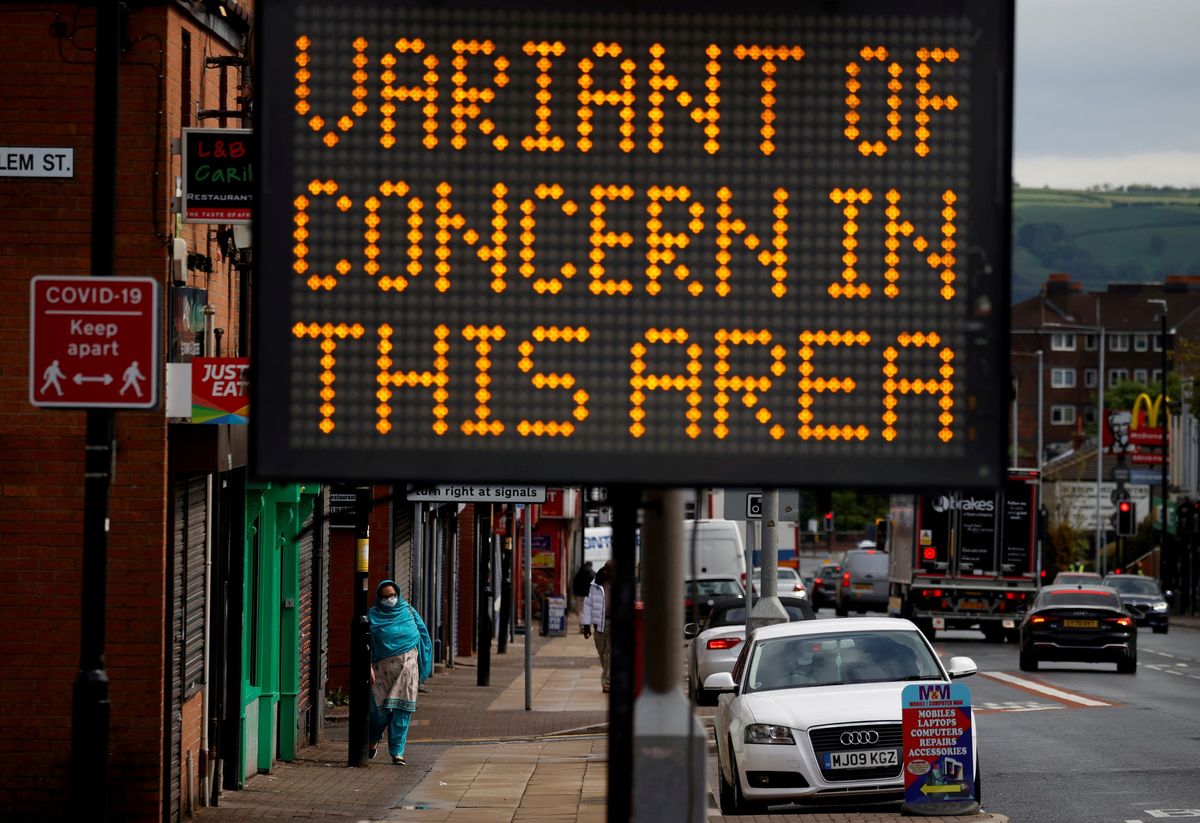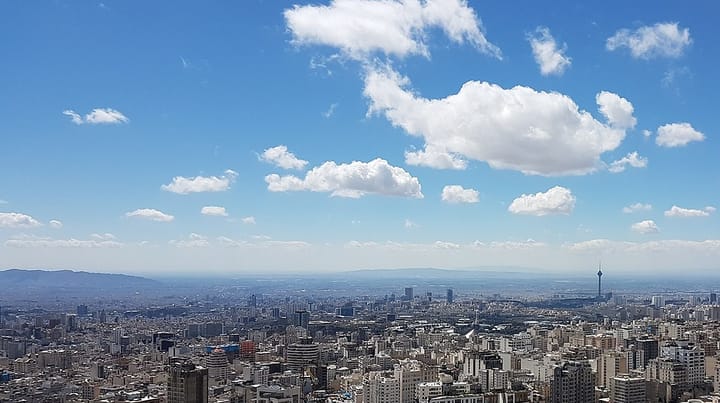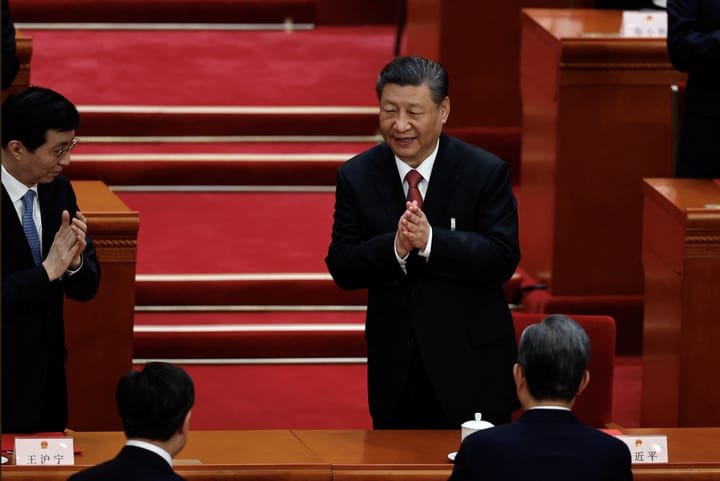What have we learned about how COVID-19 started?

A few minutes every morning is all you need.
Stay up to date on the world's Headlines and Human Stories. It's fun, it's factual, it's fluff-free.
Finding the origins of the virus is key to preventing future pandemics that are similar in nature. The problem is that no country wants to accept the blame that comes with being part of COVID-19’s origin story.
- Over the last few months, the drama surrounding the origins of SARS-CoV-2, the virus that causes COVID-19, has turned into a political boxing match.
- Blaming the COVID-19 outbreak on a leak from a lab in Wuhan, China, was originally considered by many to be a conspiracy theory. But when American President Joe Biden announced an official investigation into the origins of COVID-19 in May, what had previously been called a “fringe theory” suddenly started to look less “fringe.”
- Finding the origins of the virus is key to preventing future pandemics that are similar in nature. The problem is that no country wants to accept the blame that comes with being part of COVID-19’s origin story.
- Now, the political rhetoric behind the origin of COVID-19 has both the United States and China pointing their fingers at each other. This finger pointing is only getting in the way of actual progress toward uncovering how the virus developed – and spread – in the first place.
What updates has the US given regarding the virus’ possible origin?
- The answer to “who is to blame” for the COVID-19 outbreak is likely to be different depending on who you ask.
- The World Health Organization (WHO) came to no definitive conclusion when it investigated the Wuhan Institute of Virology in January 2020. But some believe the Chinese government put pressure on the WHO investigation, limiting its scope.
- Biden believes China wants to appear as if it has acted responsibly, but he questions the Chinese government’s integrity.
- “China is trying very hard to project itself as a responsible and very, very forthcoming nation,” Biden said in a news conference. But “Is China really actually trying to get to the bottom of this?"
- Biden’s language in regards to the Chinese government has been particularly harsh. When asked if he would call on his “friendship” with Chinese President Xi Jinping in an attempt to readmit the WHO’s investigators, Biden responded, “Let’s get something straight: We know each other well, we’re not old friends. It’s just pure business."
How has China responded?
- The Chinese government insists it has been transparent, citing the WHO investigation as evidence.
- Zeng Guang, the chief epidemiologist at the Chinese Center for Disease Control and Prevention, told Global Times, a state-owned tabloid, that only China has allowed a WHO investigation into its country. “Only China,” as China’s Global Times has put it, “upholds the principles of science and justice.”
- Zeng added that an investigation should focus on the US, since the country was slow to start testing at the beginning of the pandemic. “All bioweapons related subjects that the country has should be subject to scrutiny," he said.
- On June 15, a study from the National Institutes of Health (NIH) found at least nine people in the US had the virus before states reported their first cases. Global Times reported that Sweden and France also had COVID-19 cases that were not connected to Wuhan, though their claims don’t stand up to a fact check.
- Zhao Lijian, a spokesperson at China’s Ministry of Foreign Affairs, believes that this and other studies with similar findings in Sweden and France proves that “the outbreak had multiple origins.”
Where do we go from here?
- Biden admits that his investigation’s original timeline may not provide the answers needed. A senior administration official has said that Biden “is mindful of the fact that after 90 days we may not have an absolutely definitive answer, but he wanted a focused, intense, time-bound effort.”
- History tells us that 90 days isn’t enough time. It took 14 years to figure out where the SARS virus came from and scientists still don’t know the natural source of the Ebola virus.
- But governments can still prepare for the next pandemic. Supplying hospitals with the proper equipment, shoring-up lab safety and even making COVID-19 vaccines available to everyone on the planet are things governments can start working on today.
- What is clear is that without full cooperation between governments and international organizations like the WHO, studying COVID-19 and each government’s response to it has the potential to leave billions of people vulnerable in the future.
Have a tip or story? Get in touch with our reporters at tips@themilsource.com




Comments ()